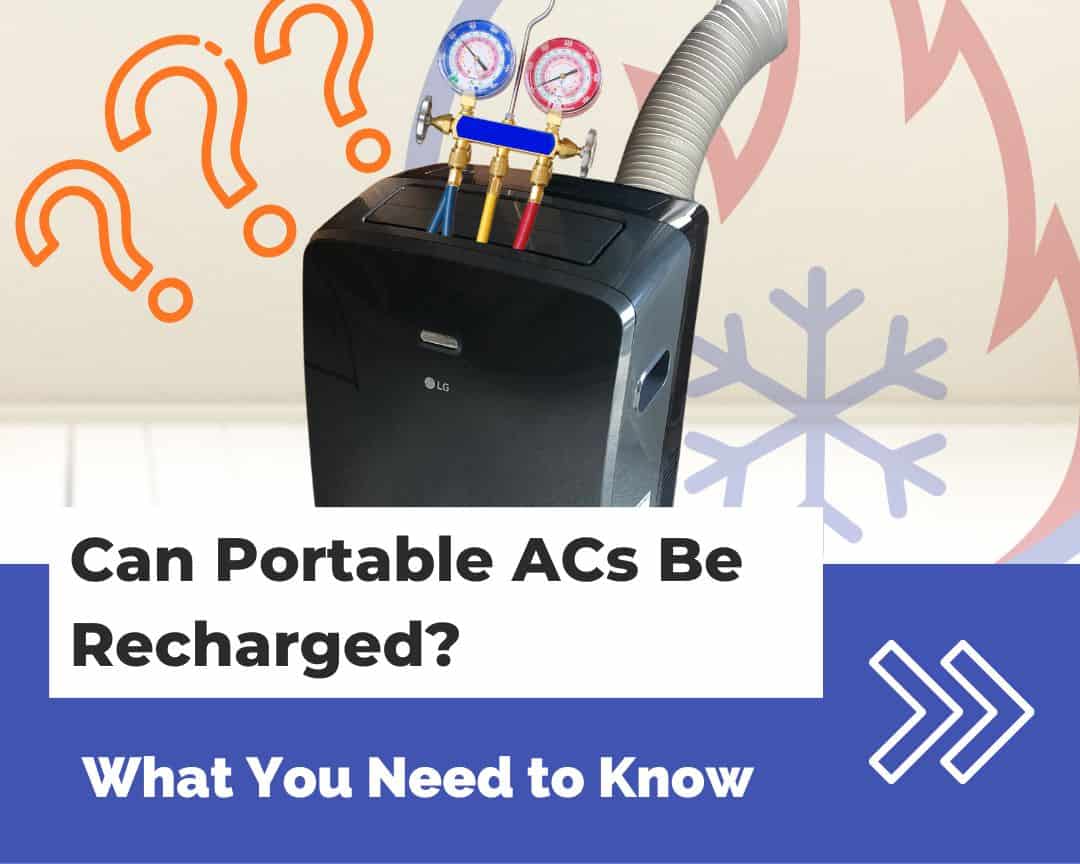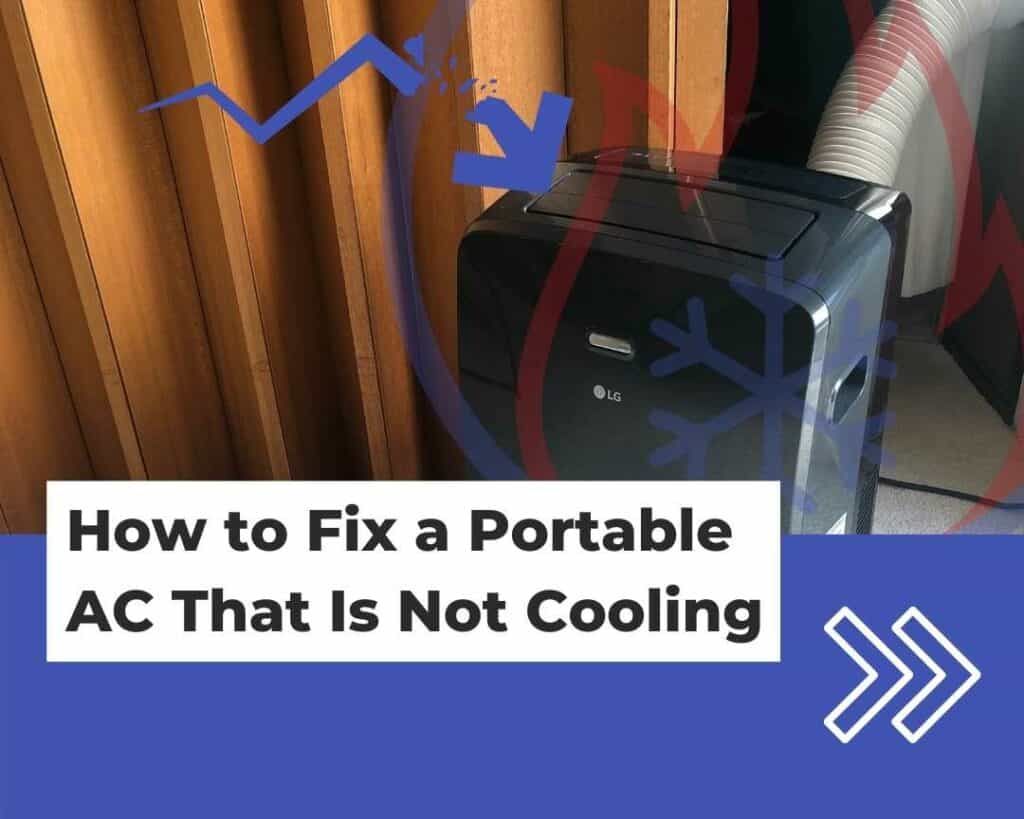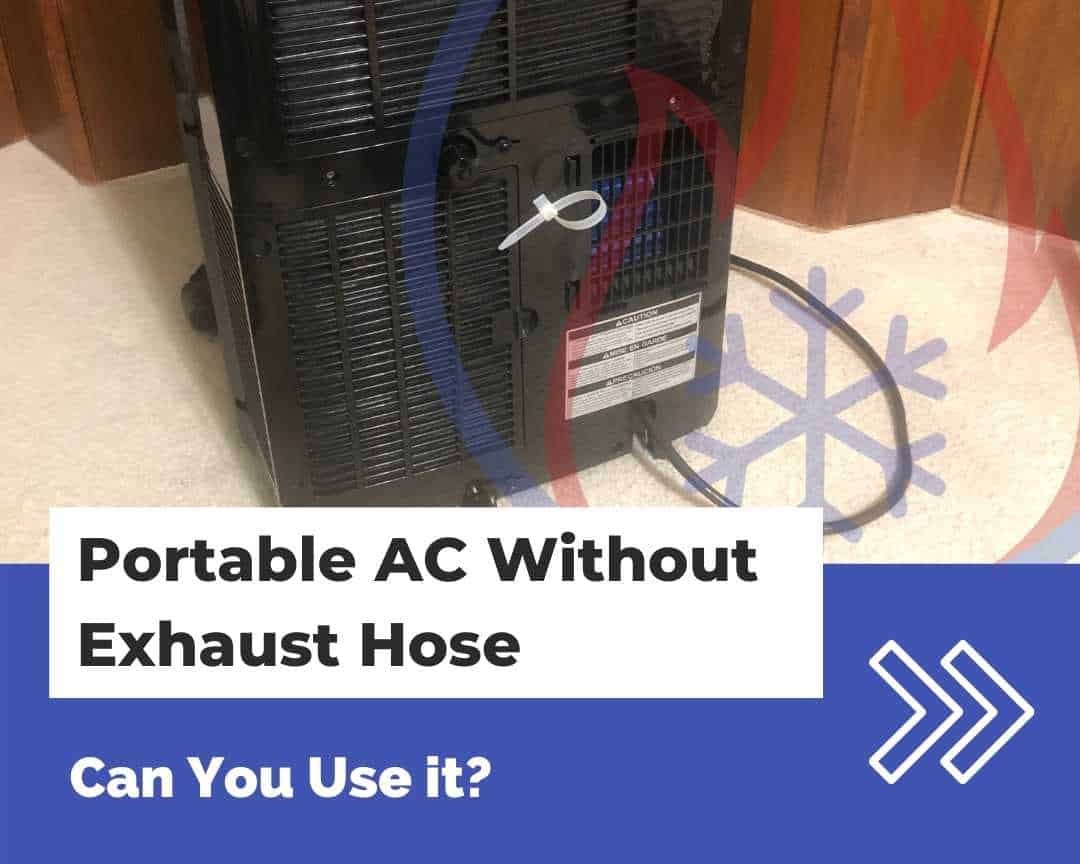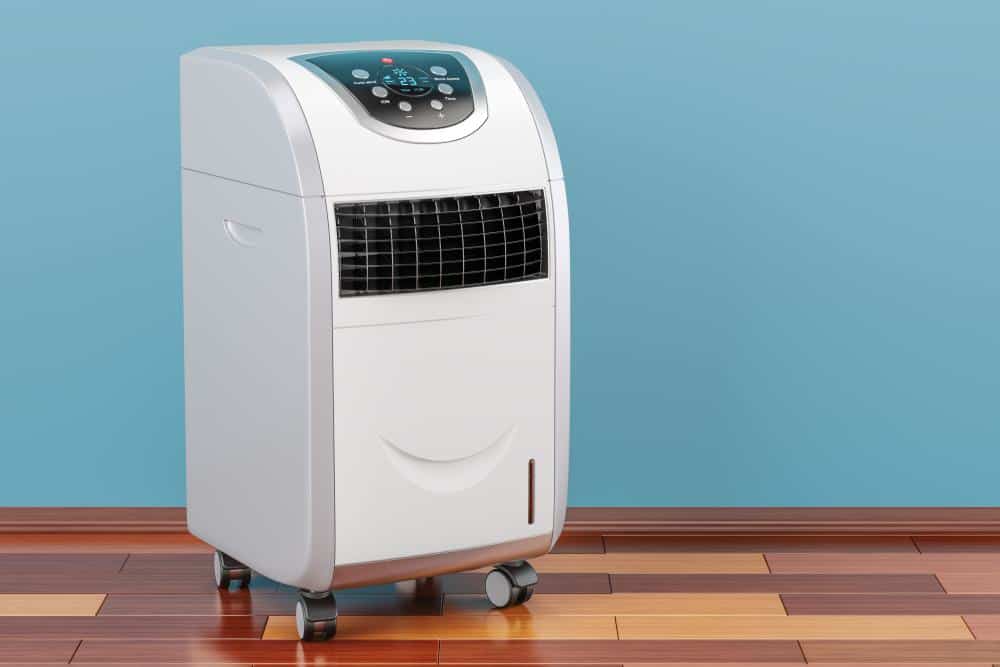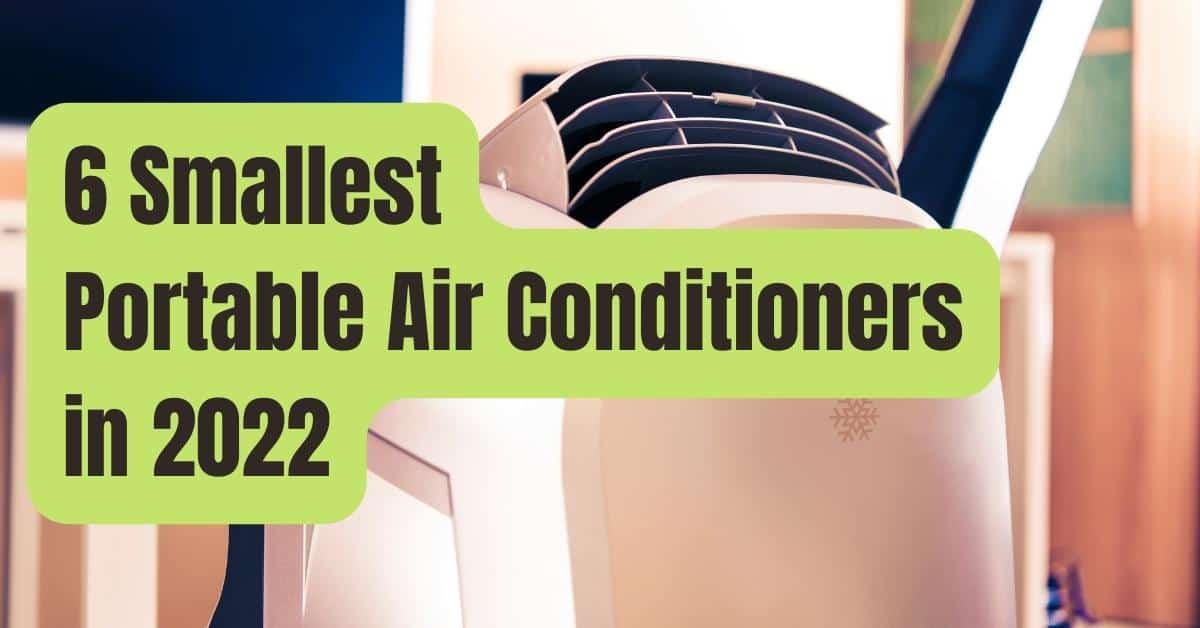Can A Portable Air Conditioner Be Recharged

The summer heat is relentless, and for many, portable air conditioners offer a lifeline. But a nagging question persists: can these convenient cooling devices be recharged when their refrigerant runs low? The answer is more complex than a simple yes or no, potentially impacting both your wallet and the environment.
The ability to recharge a portable air conditioner hinges on its design and refrigerant type. Recharging, in this context, refers to replenishing the refrigerant, the chemical compound responsible for the cooling process. While some units are designed for refrigerant refills, many are sealed systems, meaning they aren't intended to be recharged. Attempting to recharge a sealed unit can be dangerous and may void the warranty. This article delves into the intricacies of portable AC refrigerant, exploring rechargeability, environmental concerns, and offering guidance to consumers on making informed decisions.
Understanding Refrigerant in Portable Air Conditioners
Portable air conditioners, like their larger counterparts, rely on refrigerant to cool the air. The refrigerant absorbs heat from inside the room and releases it outside, resulting in cooler indoor temperatures. Common refrigerants include R-410A and the newer R-32, both having varying environmental impacts. These are potent greenhouse gases, and leaks can significantly contribute to global warming.
The type of refrigerant your portable AC uses is crucial to know. R-410A, while effective, is being phased out due to its high Global Warming Potential (GWP). R-32 is a more environmentally friendly alternative, with a lower GWP. Checking your AC's manual or the unit itself will identify the refrigerant it uses.
Rechargeable vs. Sealed Systems: A Key Distinction
The most important factor is whether your portable AC is designed to be recharged. Most portable AC units are sealed systems. This means they are designed as a closed loop, and the refrigerant is not meant to be replenished.
However, some specialized portable AC units may allow for refrigerant refills. These units usually have access ports for refrigerant to be added by a qualified technician. Always check the manufacturer's documentation to determine if your unit is designed to be recharged.
The Risks of DIY Refrigerant Recharging
Attempting to recharge a sealed system or doing it yourself (DIY) can be extremely dangerous. Refrigerants are hazardous chemicals that can cause frostbite or asphyxiation if mishandled. Improper handling can also damage the AC unit, leading to costly repairs or replacement.
Furthermore, releasing refrigerant into the atmosphere is illegal in many regions and carries hefty fines. Environmental regulations are in place to minimize the release of these potent greenhouse gases. Only certified technicians with the proper equipment and training should handle refrigerant.
Finding a Qualified Technician
If your portable AC is designed to be recharged, finding a qualified HVAC technician is essential. Ensure the technician is licensed and certified to handle refrigerants. They will have the necessary equipment to safely and properly recharge your unit.
Ask for references and check online reviews to gauge the technician's experience and reputation. A reputable technician will also be able to diagnose the cause of the refrigerant leak and advise on whether repair or replacement is more cost-effective.
Cost Considerations: Recharge vs. Replacement
Recharging a portable AC unit can be costly, potentially ranging from $100 to $300 or more, depending on the type of refrigerant and the extent of the work. Consider the age and condition of your unit when deciding whether to recharge or replace it. If the unit is old or has other issues, replacement might be a better long-term investment.
A new, more energy-efficient model could save you money on electricity bills in the long run. Factor in the environmental impact of continuing to use an older unit with a potentially leaking refrigerant system.
Environmental Concerns and Regulations
The environmental impact of refrigerants is a growing concern. Many refrigerants are potent greenhouse gases, contributing to global warming. Regulatory bodies are increasingly phasing out high-GWP refrigerants in favor of more environmentally friendly alternatives.
The U.S. Environmental Protection Agency (EPA) has regulations in place to prevent the release of refrigerants into the atmosphere. Proper disposal of AC units and responsible refrigerant handling are crucial to minimizing environmental damage.
Always dispose of old AC units at designated recycling centers.
Extending the Life of Your Portable Air Conditioner
Proper maintenance can help extend the life of your portable AC and minimize the likelihood of refrigerant leaks. Regularly clean the filters to ensure efficient airflow. Keep the unit level to prevent compressor damage.
Avoid overloading the unit by trying to cool too large a space. Store the unit properly during the off-season to protect it from damage. Proper care will make a significant difference.
Forward-Looking Trends in Portable AC Technology
The future of portable AC technology is focused on energy efficiency and environmentally friendly refrigerants. Manufacturers are developing units with lower GWP refrigerants and improved energy efficiency ratings. Smart features, such as programmable thermostats and remote control via smartphone apps, are also becoming increasingly common.
Consumers should look for models with the Energy Star label, indicating that they meet strict energy efficiency guidelines. These units can save money on electricity bills and reduce your carbon footprint.
Conclusion: Informed Decisions for a Cooler Future
While some portable air conditioners can be recharged, many are sealed systems and not designed for it. Attempting to recharge a sealed unit can be dangerous and potentially illegal. Prioritize your safety and the environment by hiring a certified technician for any refrigerant-related work or considering replacement with a more efficient and environmentally friendly model. By making informed decisions, you can stay cool while minimizing your impact on the planet.
